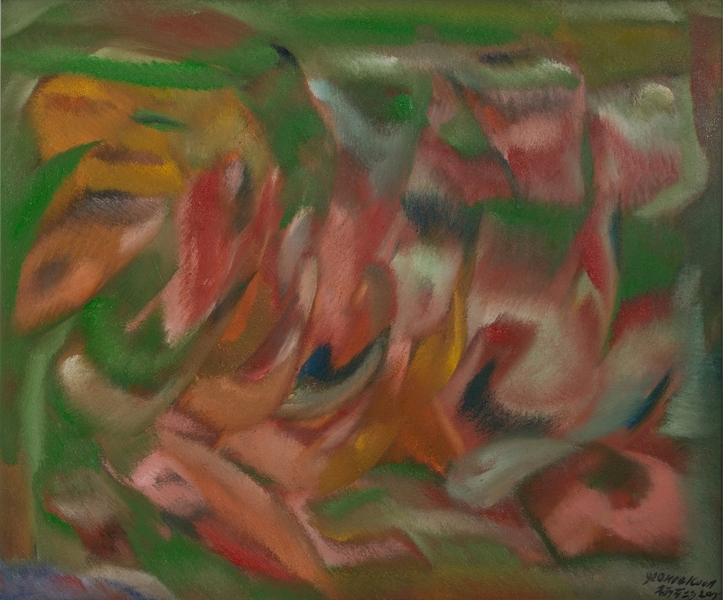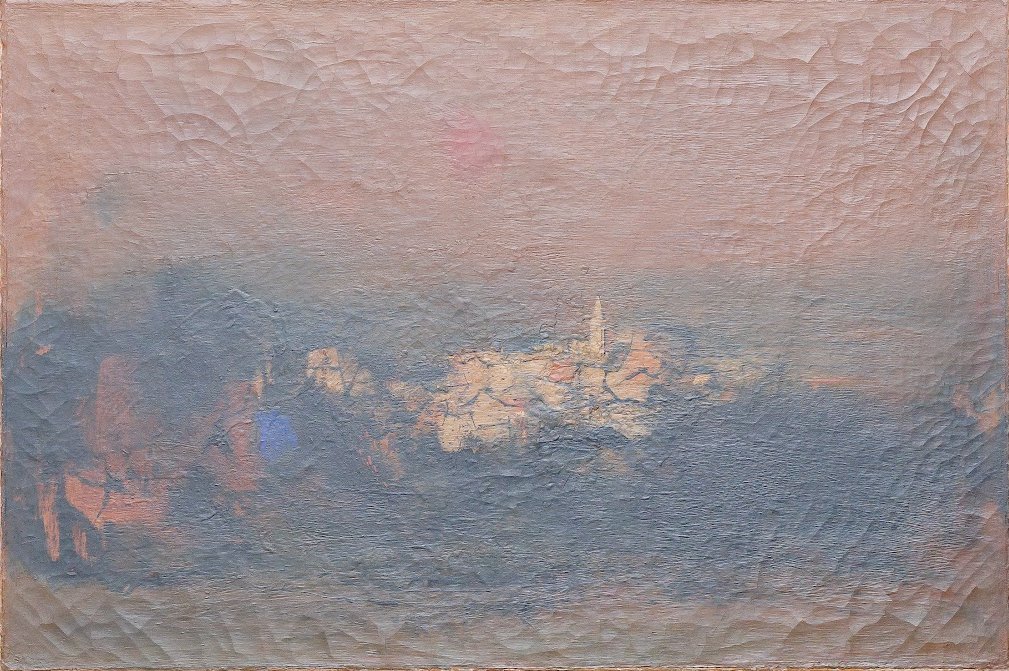Acrylic Painting on Canvas Team Bonding Art Jamming Singapore Visual Arts Centre
























Yeo Hoe Koon
Oil on Canvas
64 x 89.5 cm
Price Range: $16,000 - $20,000

Yeo Hoe Koon
Oil on Canvas
101 x 123 cm
Price Range: $26,000 - $32,000

Chen Wen Hsi
Chinese Ink and Color on Paper
50 x 54cm
Price Range: SGD $42,000 - $50,000

Cheong Soo Pieng
Red Tone
61 x 91.5cm
Price Range: SGD $108,000 - $138,000

Cheong Soo Pieng
Abstract Landscape
50 x 61cm
Price Range: SGD $95,000 -$128,000

Fan Shao Hua
Chinese Ink and Colour on Paper
100 x 100cm
Price Range: SGD $9,800 - $14,800

Fan Shao Hua
Chinese Ink and Colour on Paper
100 x 100cm
Price Range: SGD $8,800 - $13,800
Interested in picking a new skill or try out a new art medium form? Why not try out our Batik Painting course at Visual Arts Centre!



Batik art manifests differently across various cultural and societal contexts, carrying different forms of expression and meanings. It can serve as a creative form, a cultural expression, or a force for urban beautification and social change.
Batik painting is an art form. How can one learn batik art?
To gain a deeper understanding of batik, it’s essential to explore the various batik patterns available and their underlying philosophical significance. Take a look at the following patterns.
The Batik Parang pattern, a classic motif widely utilized, resembles waves and embodies the notion of life’s struggles, akin to the relentless crashing of sea waves against a reef. Those who adorn this motif are encouraged to persist and persevere through life’s adversities. There are six distinct variations within the Parang pattern, each with its own unique characteristics. Notably, the Parang Barong pattern holds special significance, exclusively reserved for use by royalty.
Originating from Solo and Yogyakarta, the Sekar Jagad batik pattern, favored by royal circles, draws its name from the Dutch word “Kar” meaning map and the Javanese word “Jagad” signifying the world. Symbolizing cultural diversity across Indonesia and globally, this motif celebrates the rich tapestry of cultures.
Hailing from Cirebon, the Mega Mendung pattern, resembling clouds, belies its name by symbolizing not sadness but rather patience, emotional equilibrium, and meticulous problem-solving. Featuring seven color gradations, it signifies the layers of the sky.
Among Indonesia’s oldest batik patterns, Batik Kawung, resembling orderly arranged sugar palm fruit, signifies a reverence for one’s roots and the ability to navigate desires, uphold balance in conduct, and exhibit courage and justice.
Depicting floral motifs, it symbolizes love’s enduring renewal, emphasizing the necessity of nurturing love continuously, akin to tending to flowers to prevent their wilting over time.


涂鸦艺术团建



Visual Arts Centre (Dhoby Ghaut Studio)
10 Penang Road, #01-02 Dhoby Ghaut Green
Singapore 238469
Visual Arts Centre (MacPherson Studio)
140 Paya Lebar Road, #03-04 AZ@Paya Lebar Building, S(409015)

Have any questions? Please drop us an enquiry form and we'll respond to you as soon as we can!
"*" indicates required fields
Click and get to our WhatsApp
Embark on a captivating journey into the vibrant world of digital art! Our Foundation in Digital Art workshop invites budding creatives aged nine and above to unleash their imagination and hone their artistic skills in a dynamic, supportive environment. From mastering basic digital tools to crafting mesmerizing digital masterpieces, children will explore a spectrum of techniques guided by seasoned mentors. Through hands-on activities and interactive sessions, participants will discover the endless possibilities of digital expression while fostering creativity and critical thinking. Join us for an exhilarating adventure where young artists transform ideas into stunning visual realities, igniting a passion for digital art
In the Batik Introduction Handkerchief Painting workshop, participants will learn the traditional art of batik, a wax-resist dyeing technique originating from Indonesia. The workshop begins with a brief history and overview of batik, highlighting its cultural significance and various techniques. Participants will then observe a demonstration of applying wax with tjanting tools and dyeing the fabric. Following the demonstration, each participant will design and create their own batik handkerchief, applying wax to create patterns and then dyeing their fabric. The workshop concludes with a group discussion, allowing participants to share their creations and reflect on their learning experience.